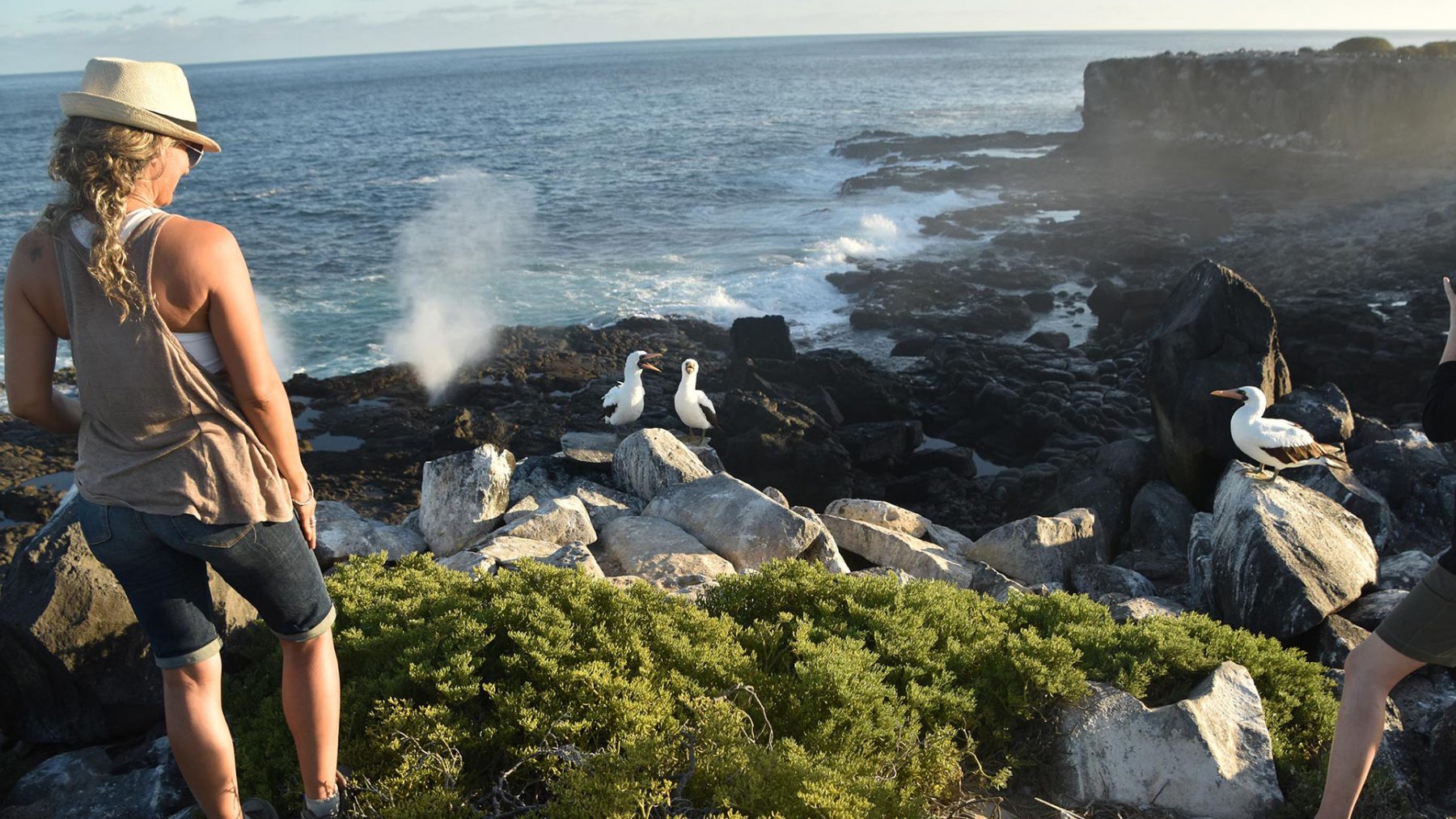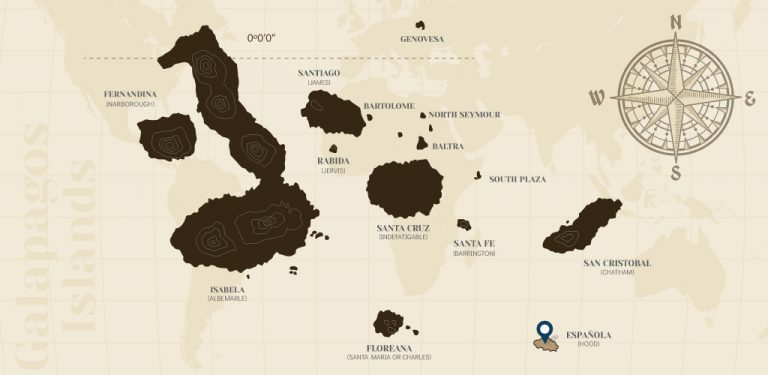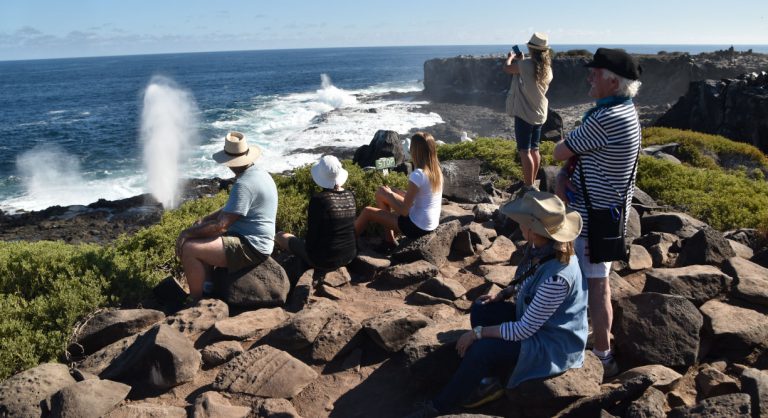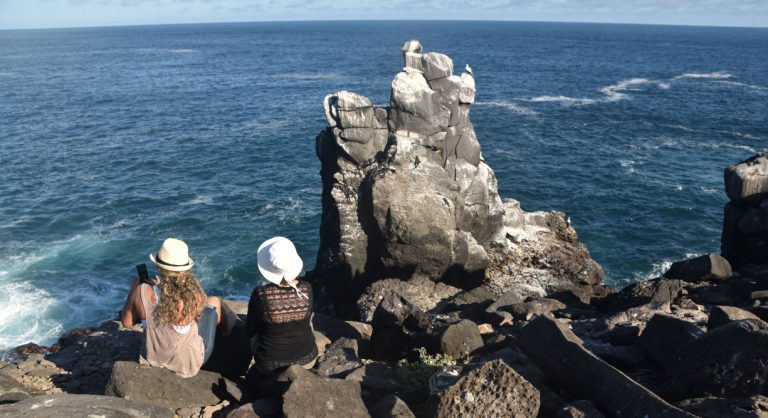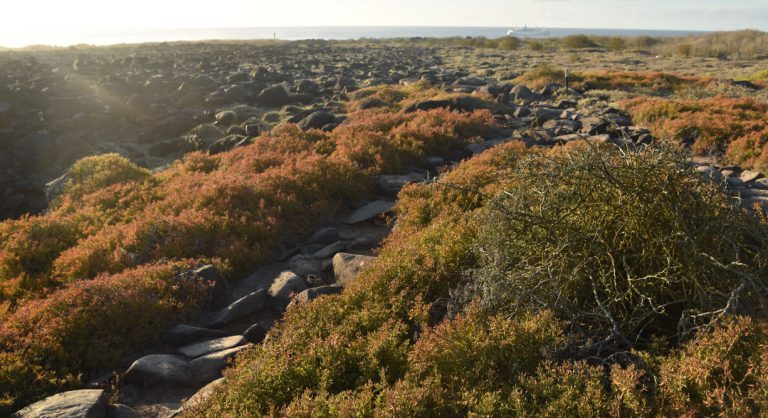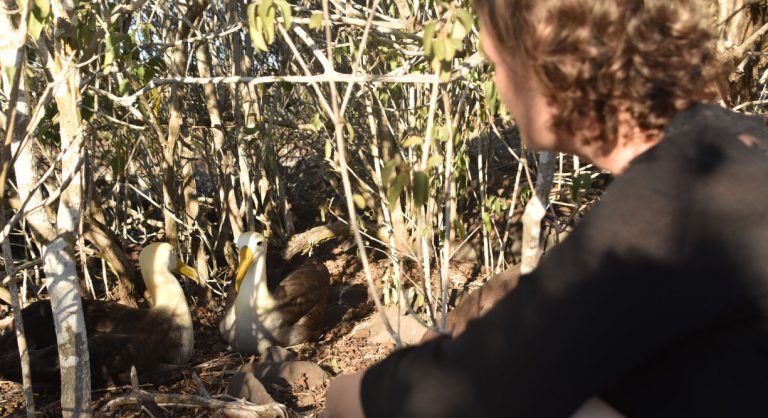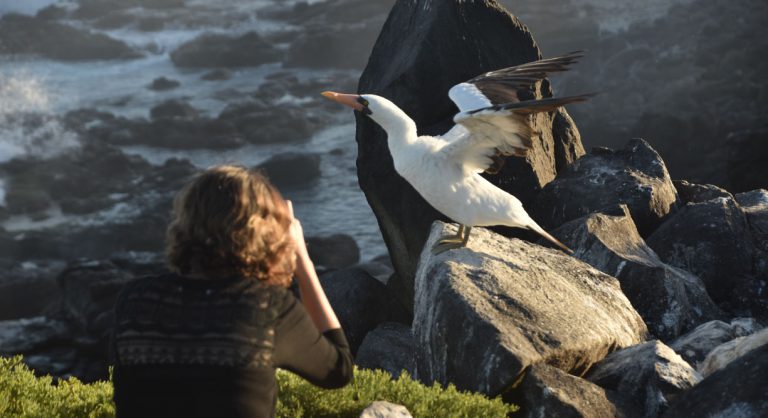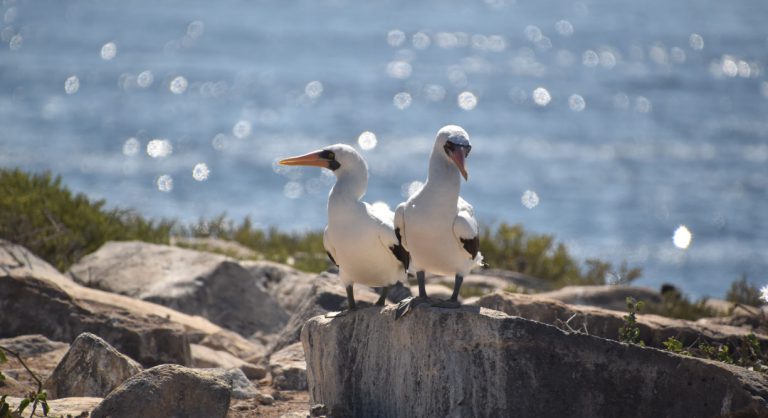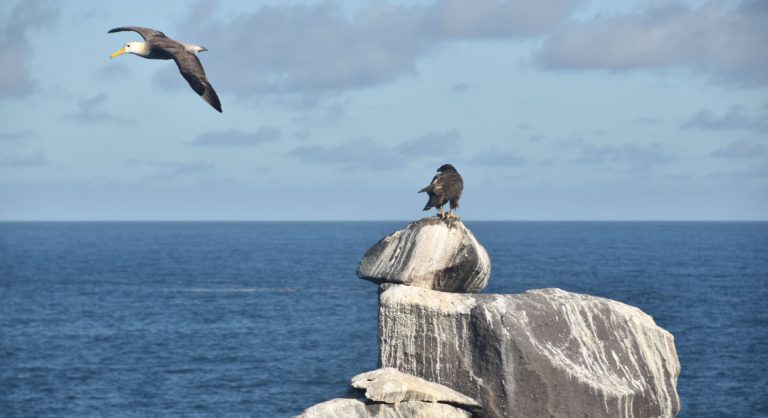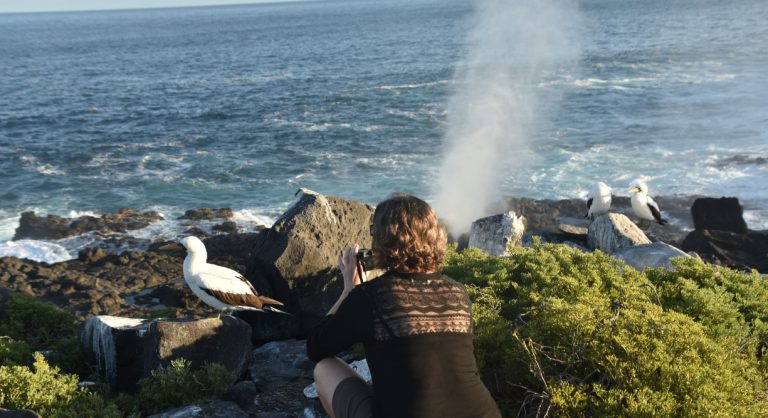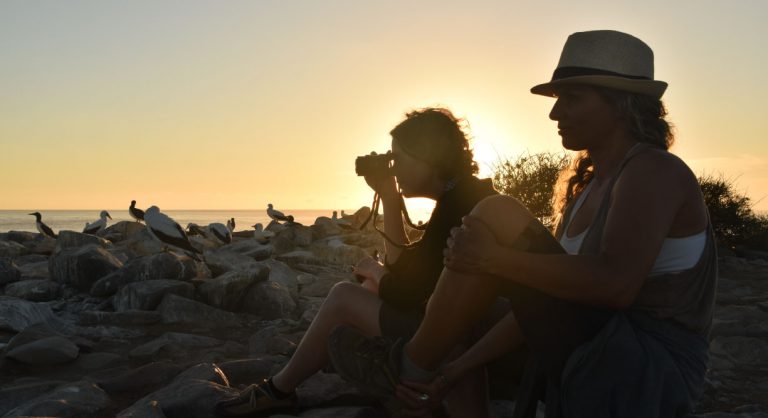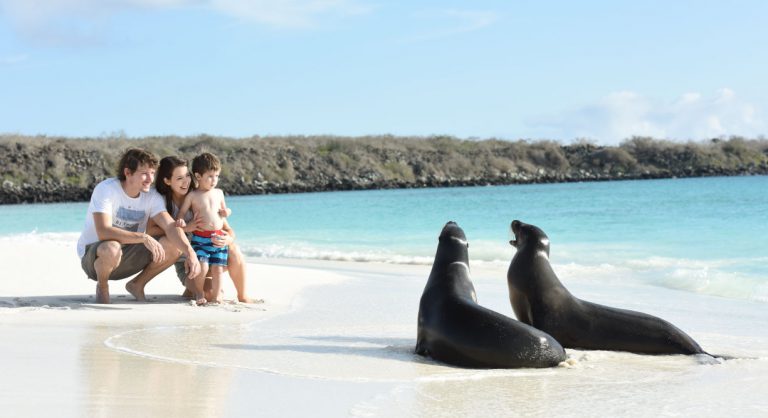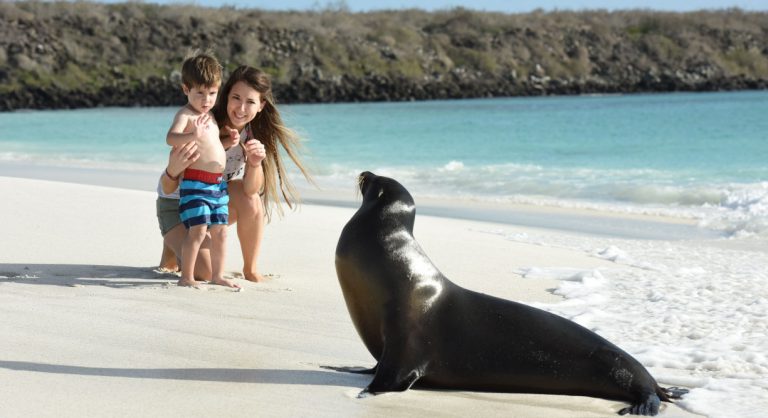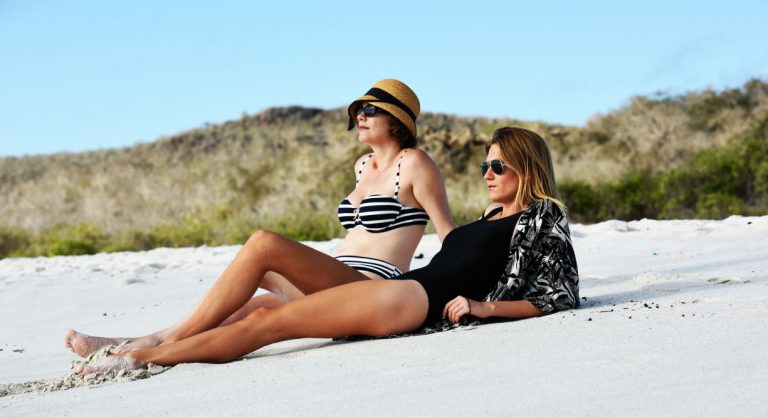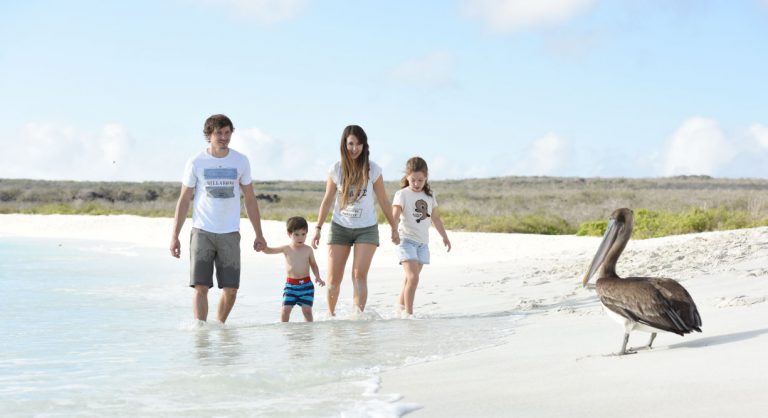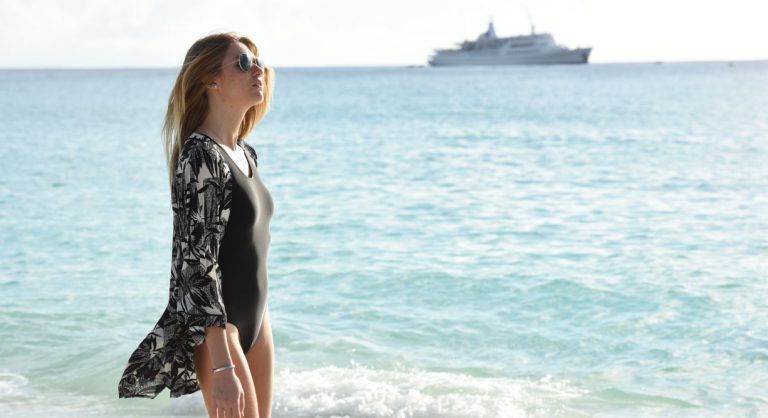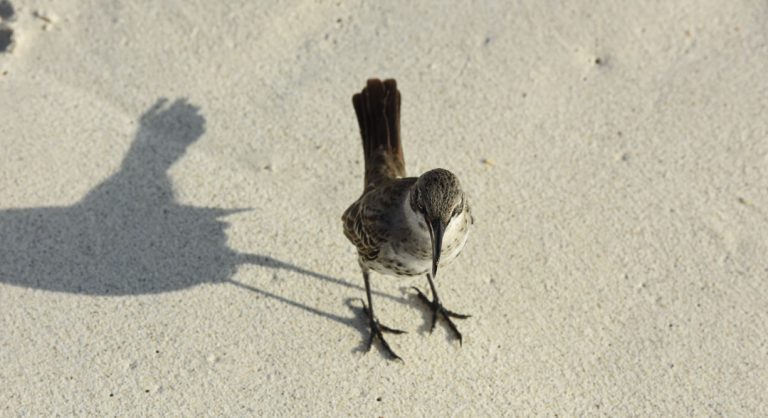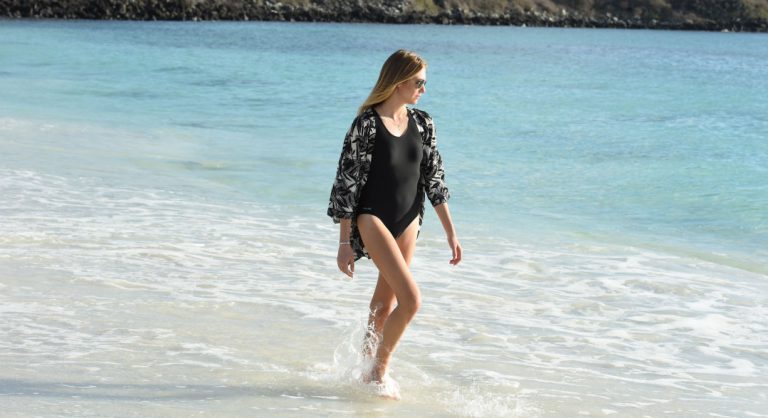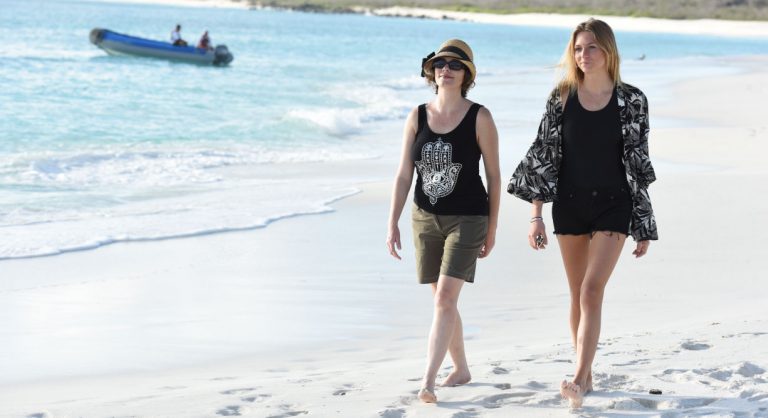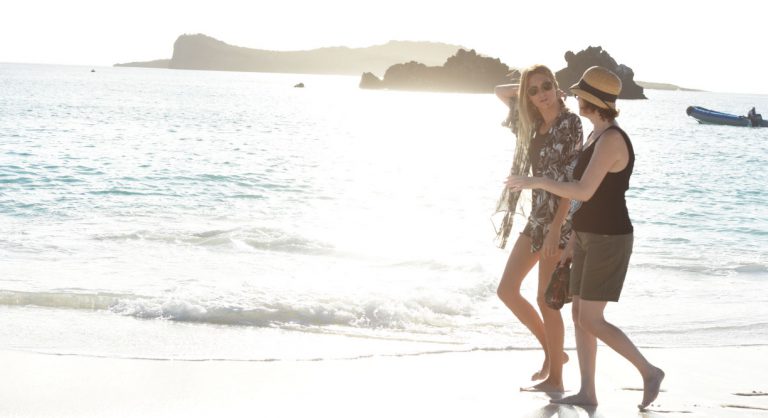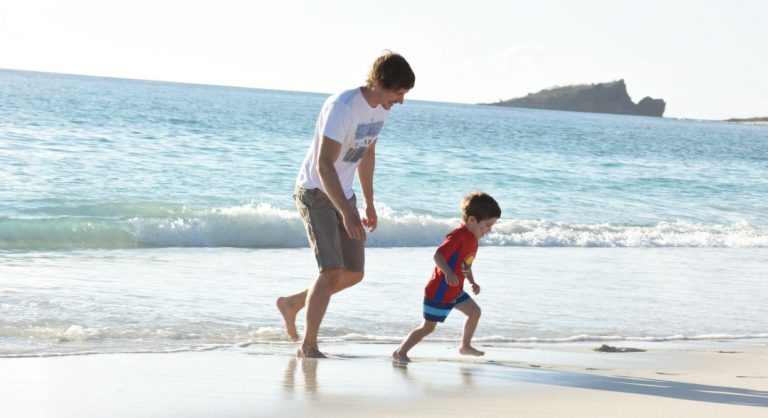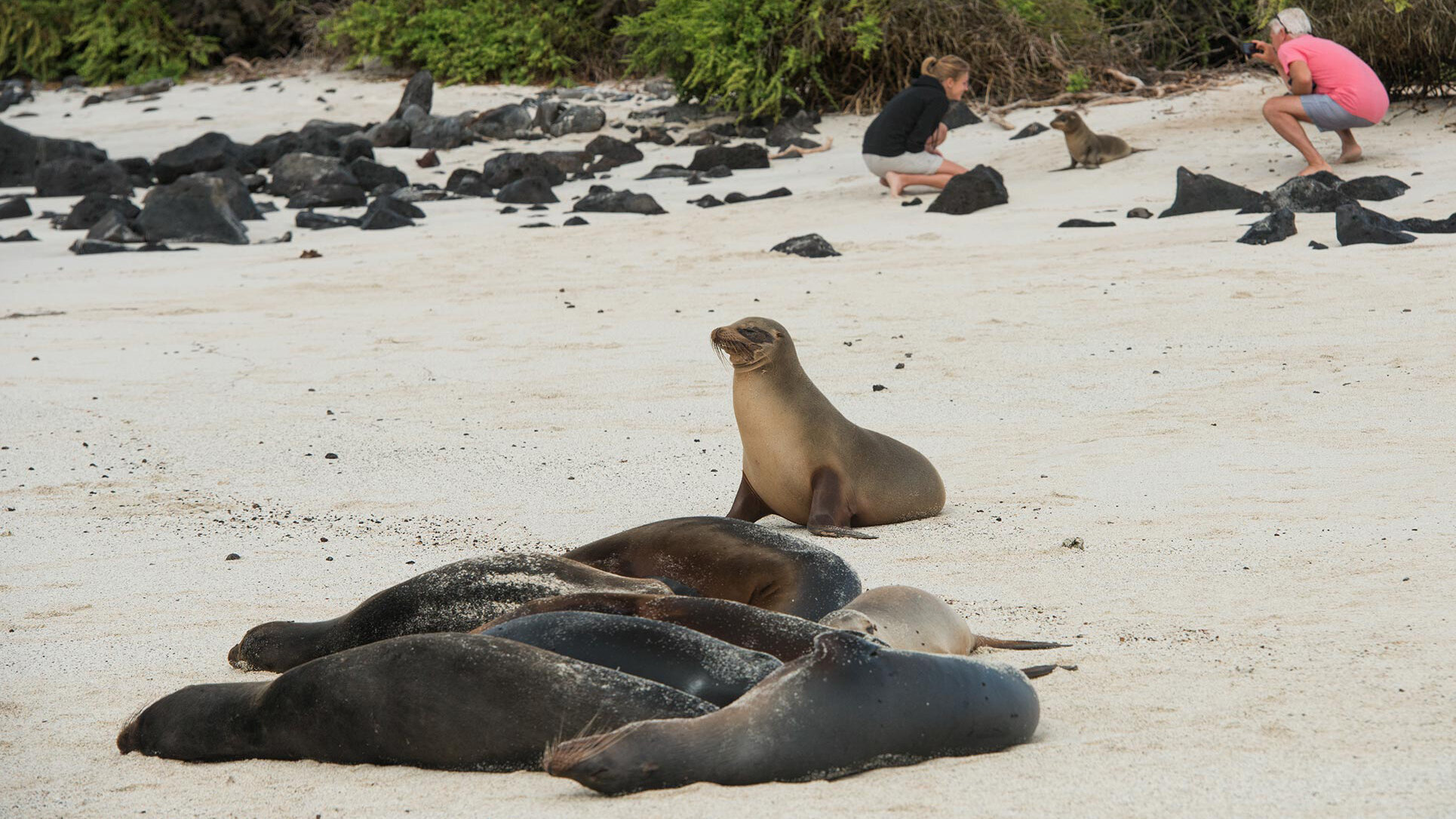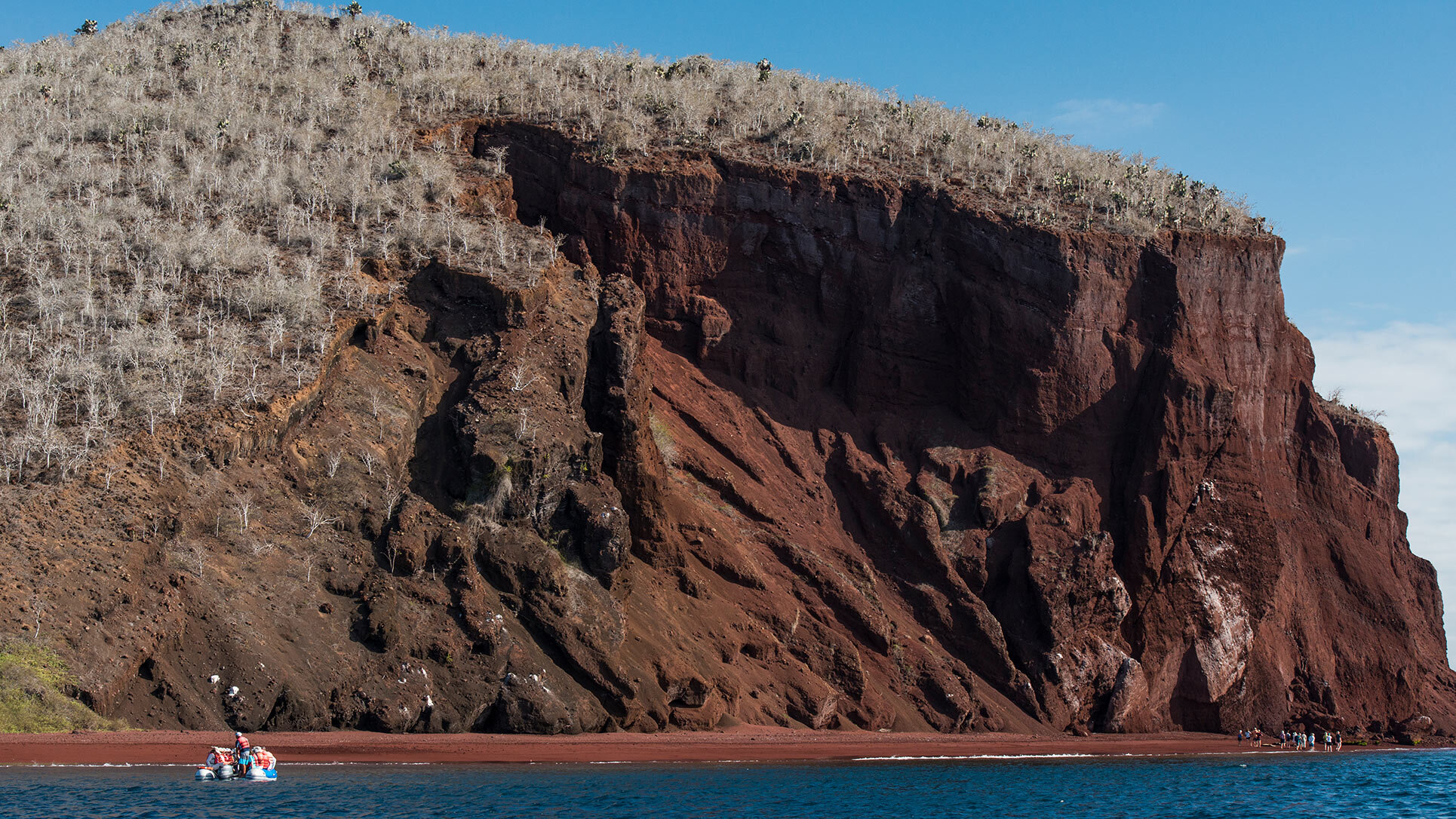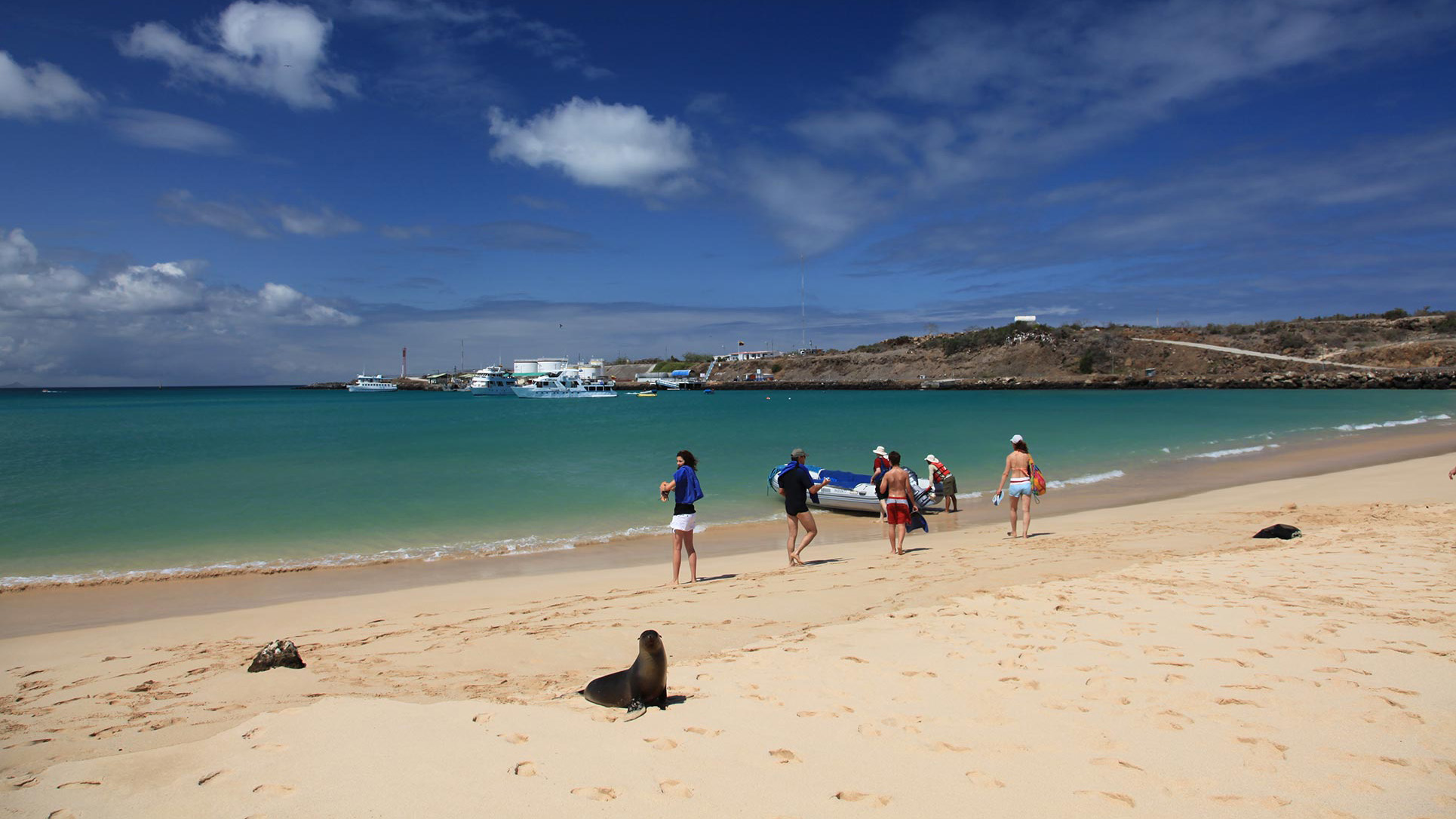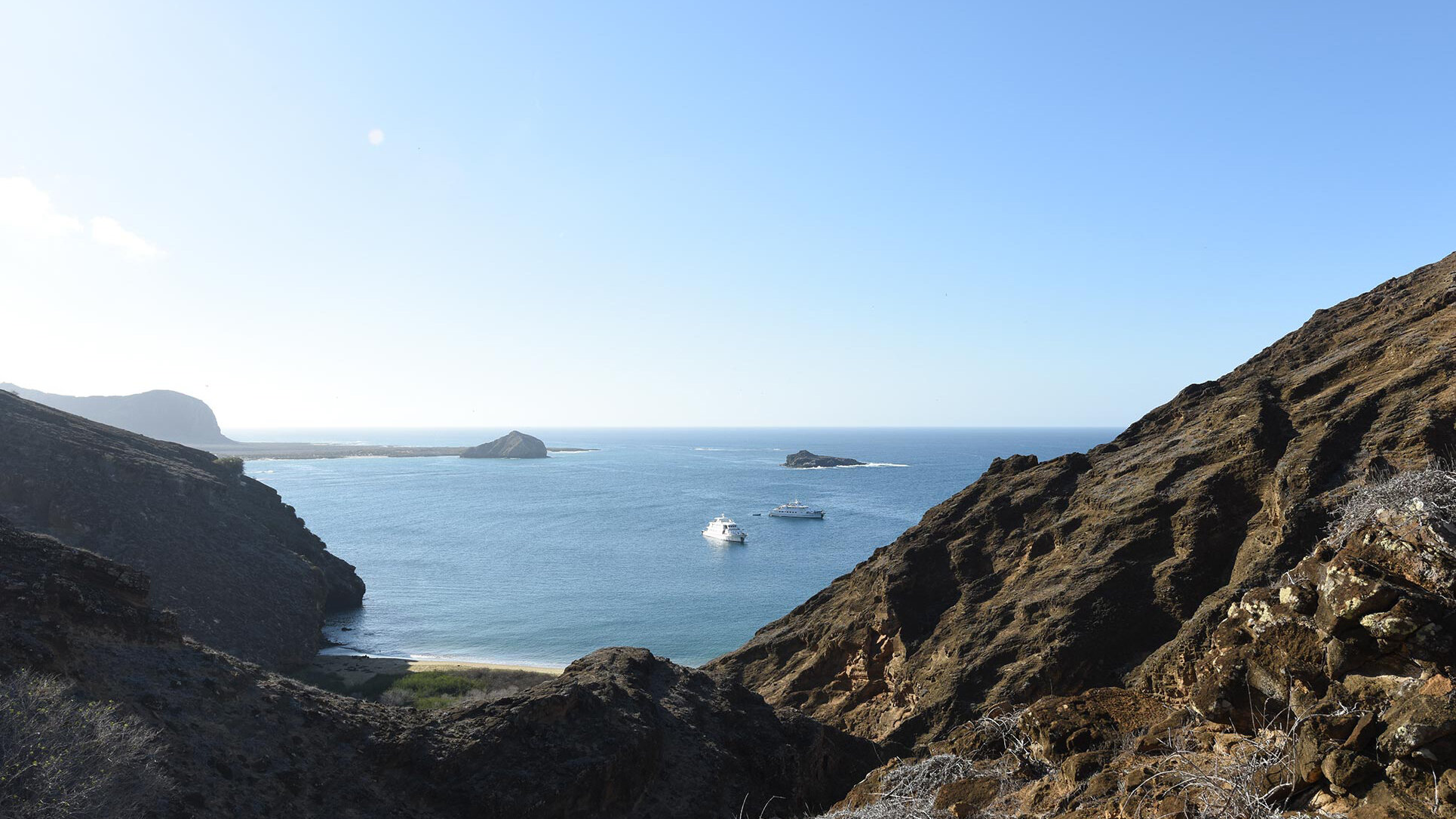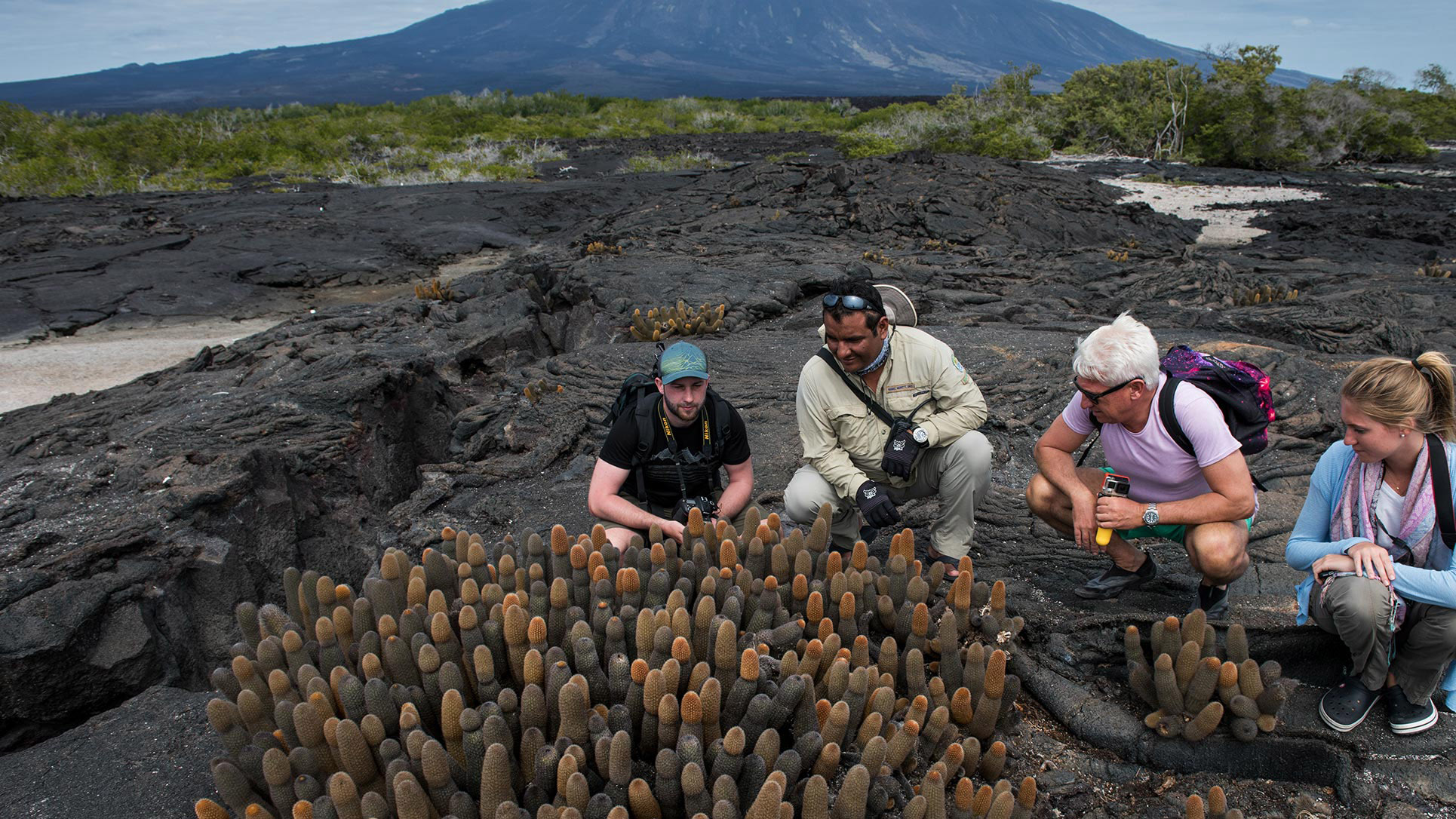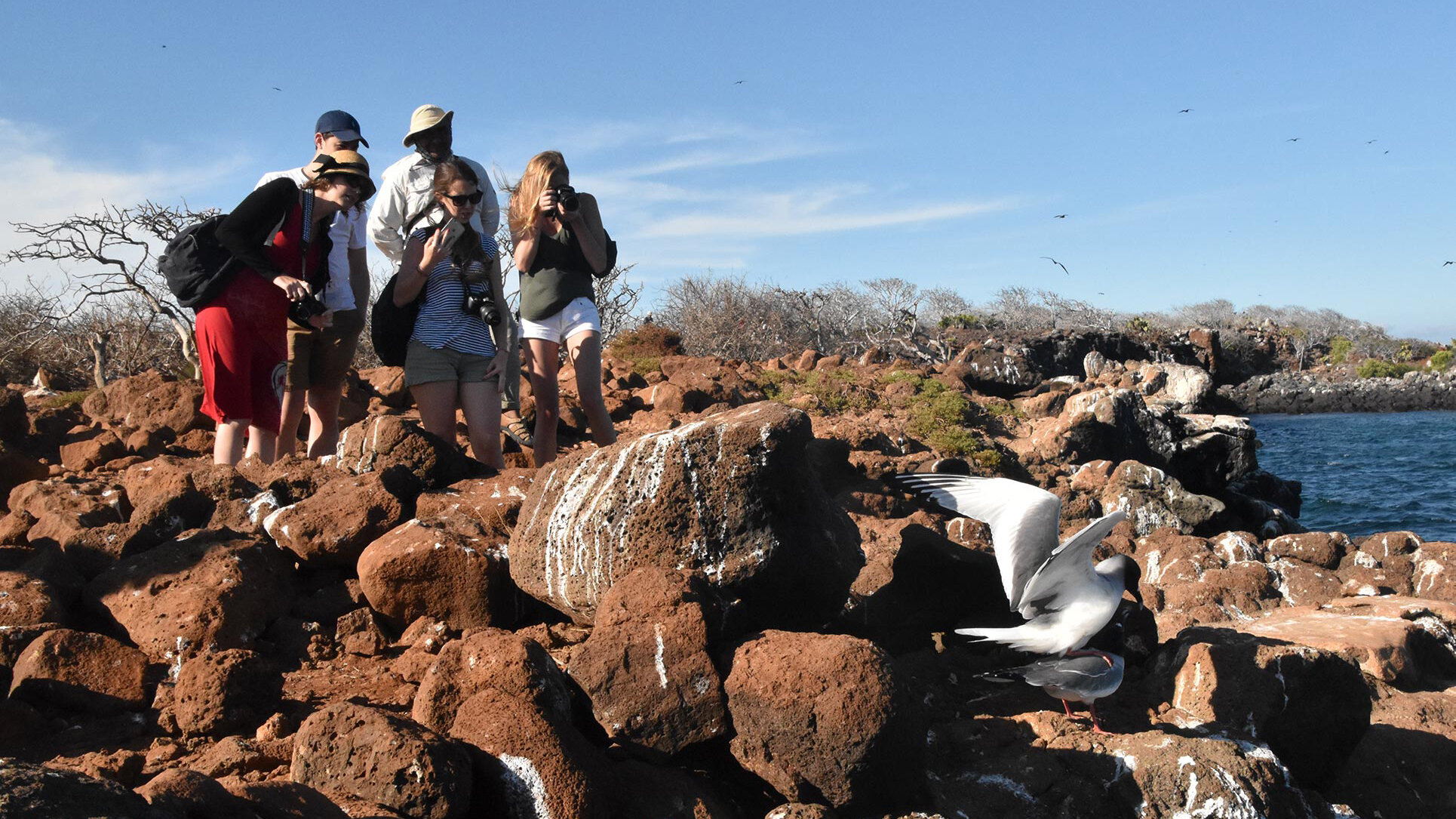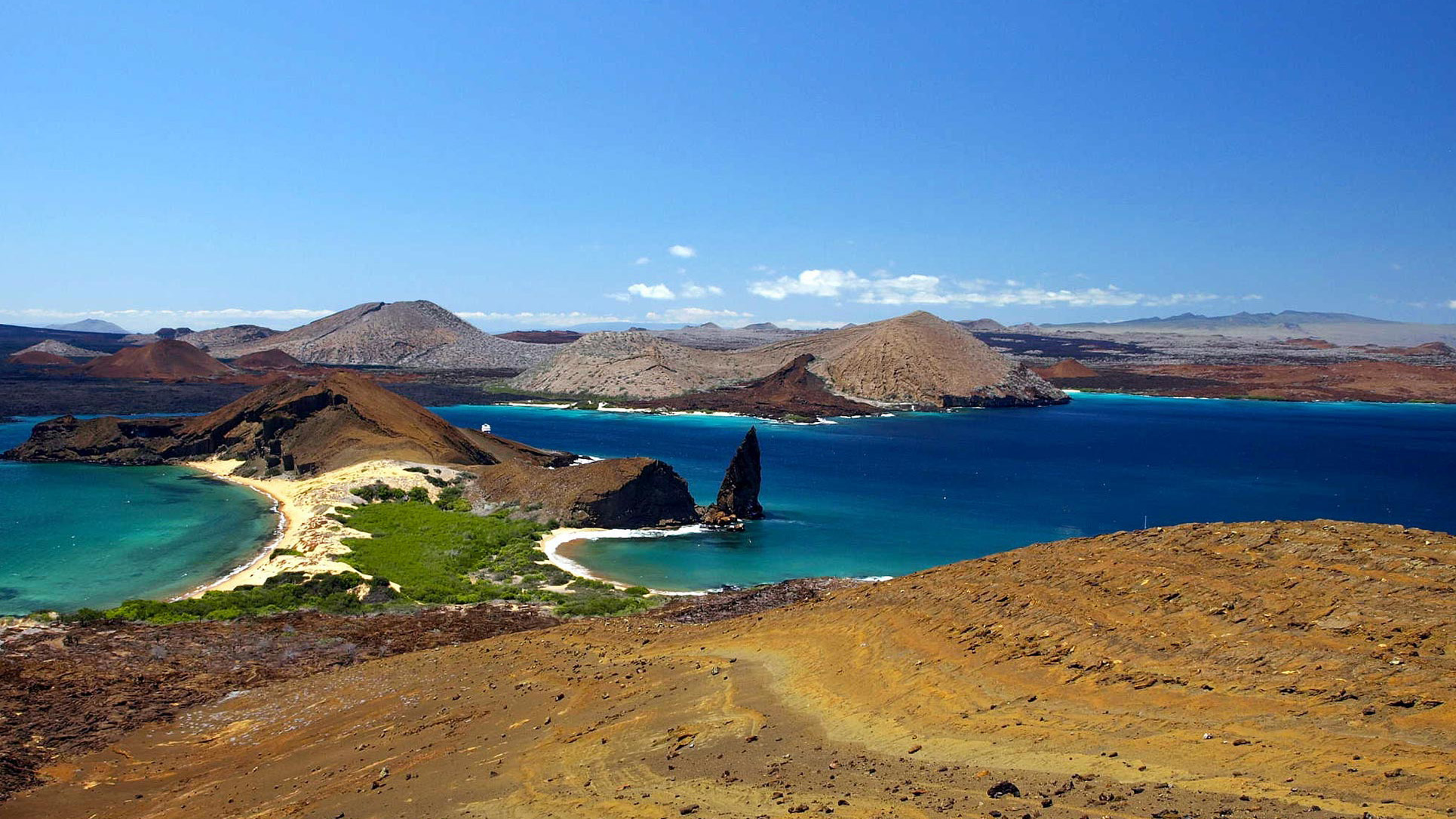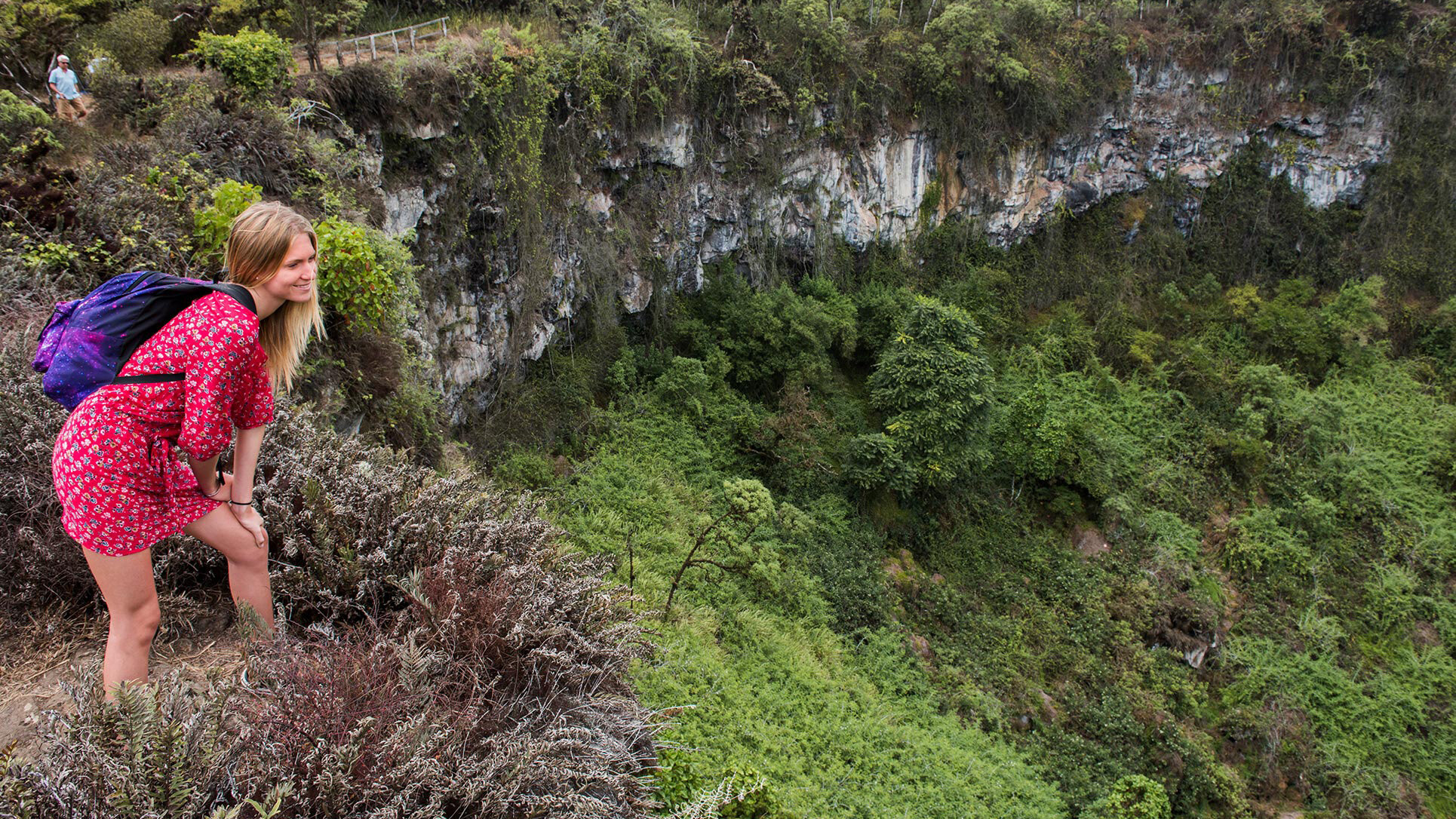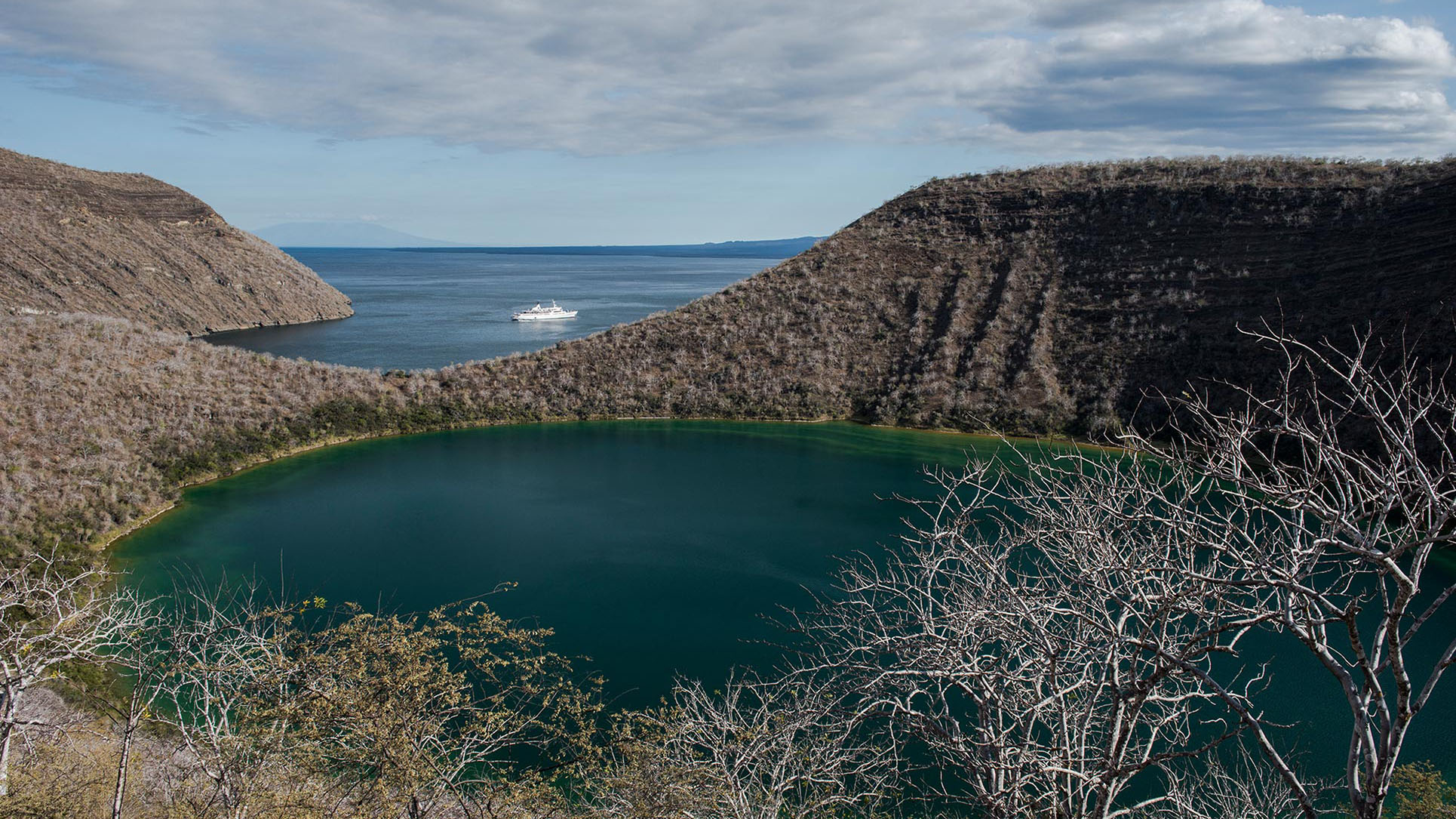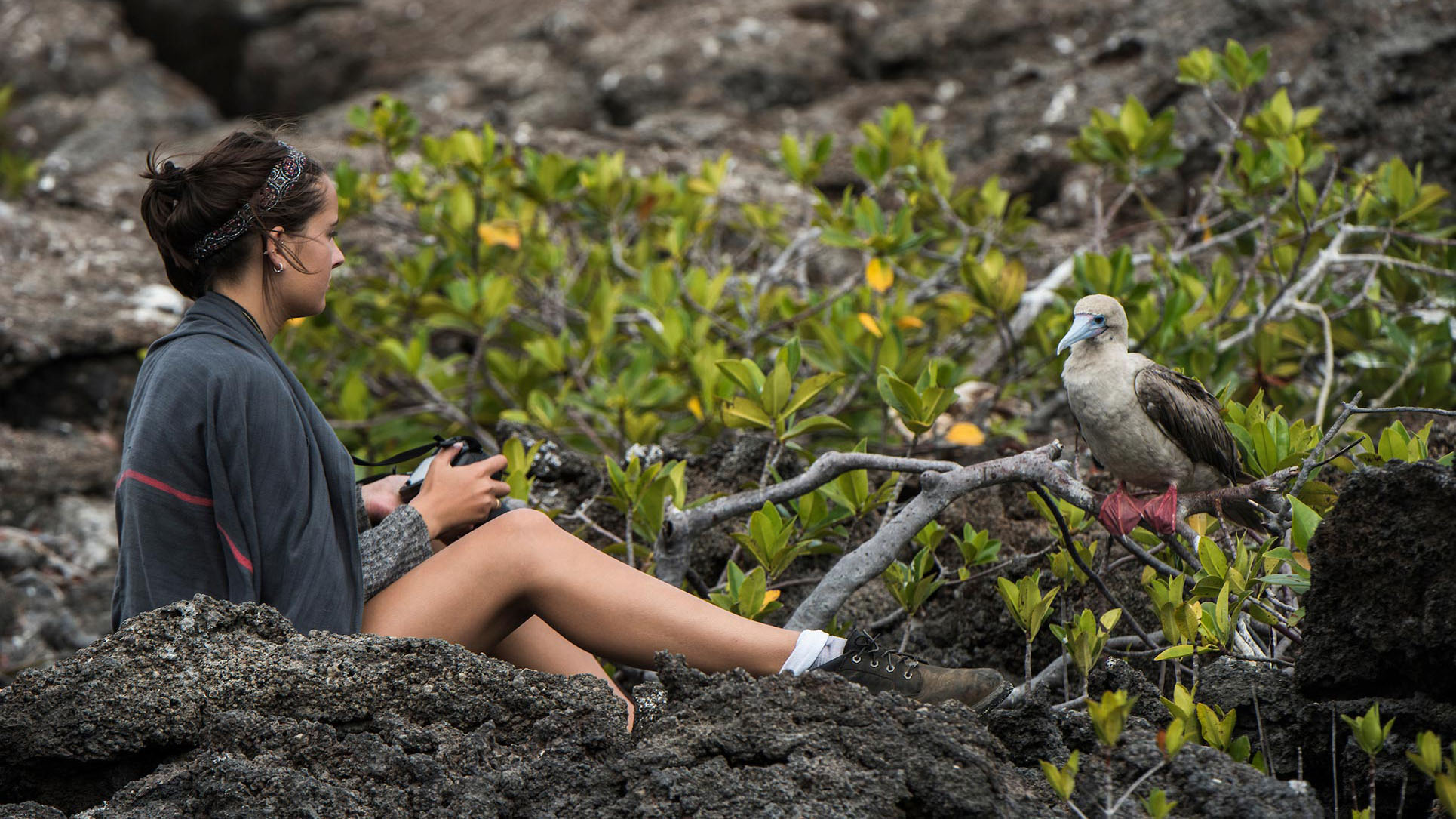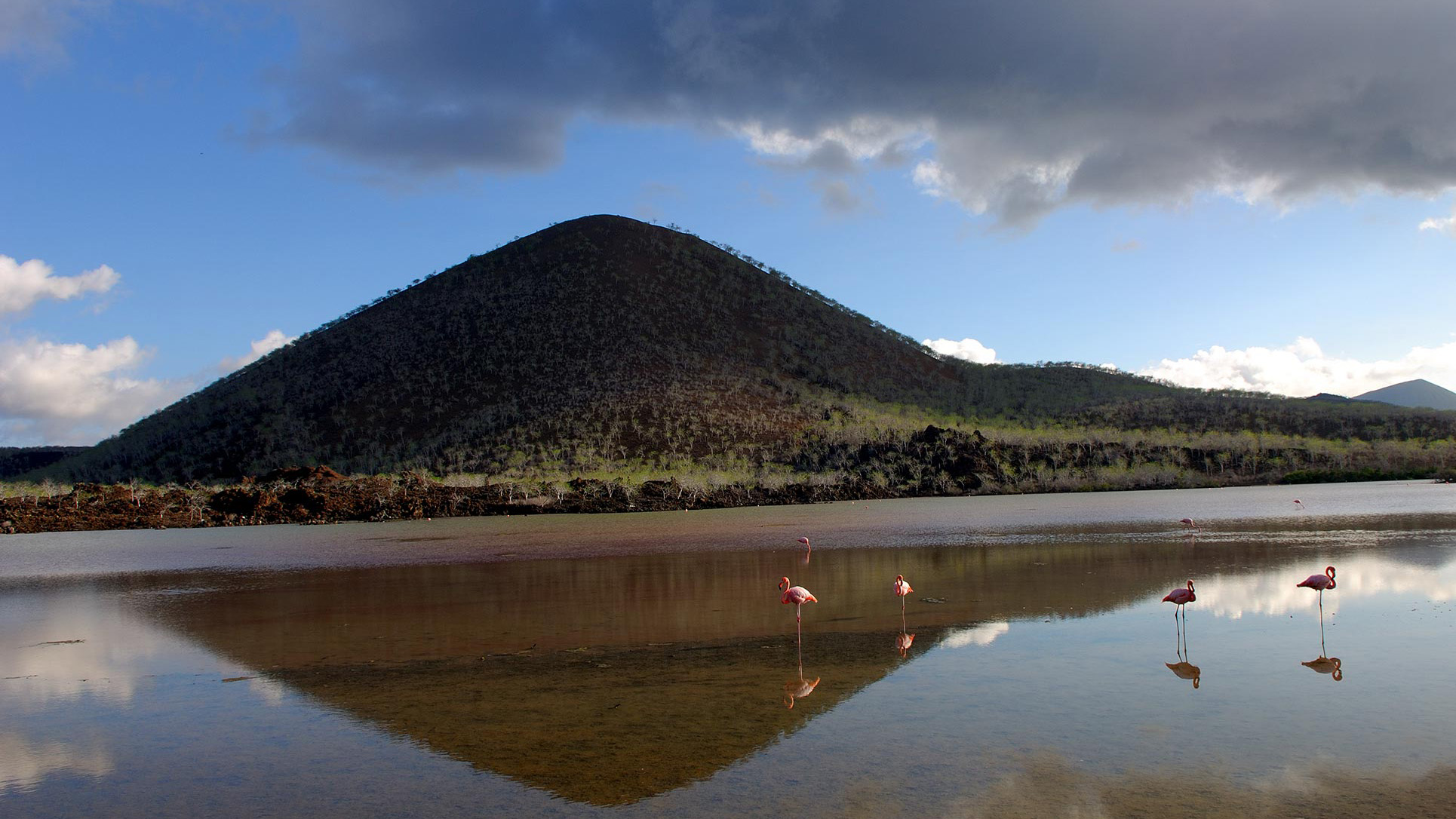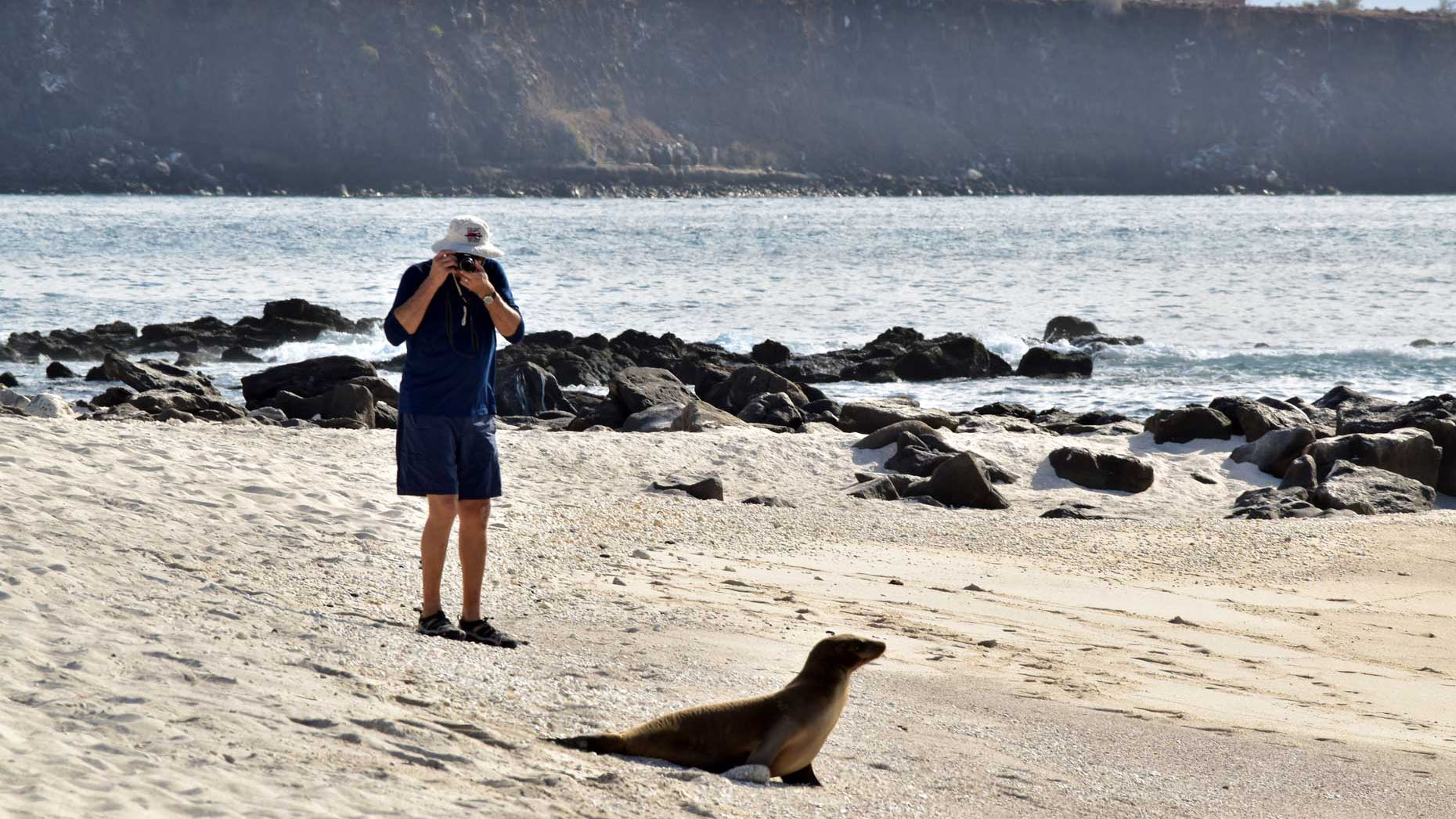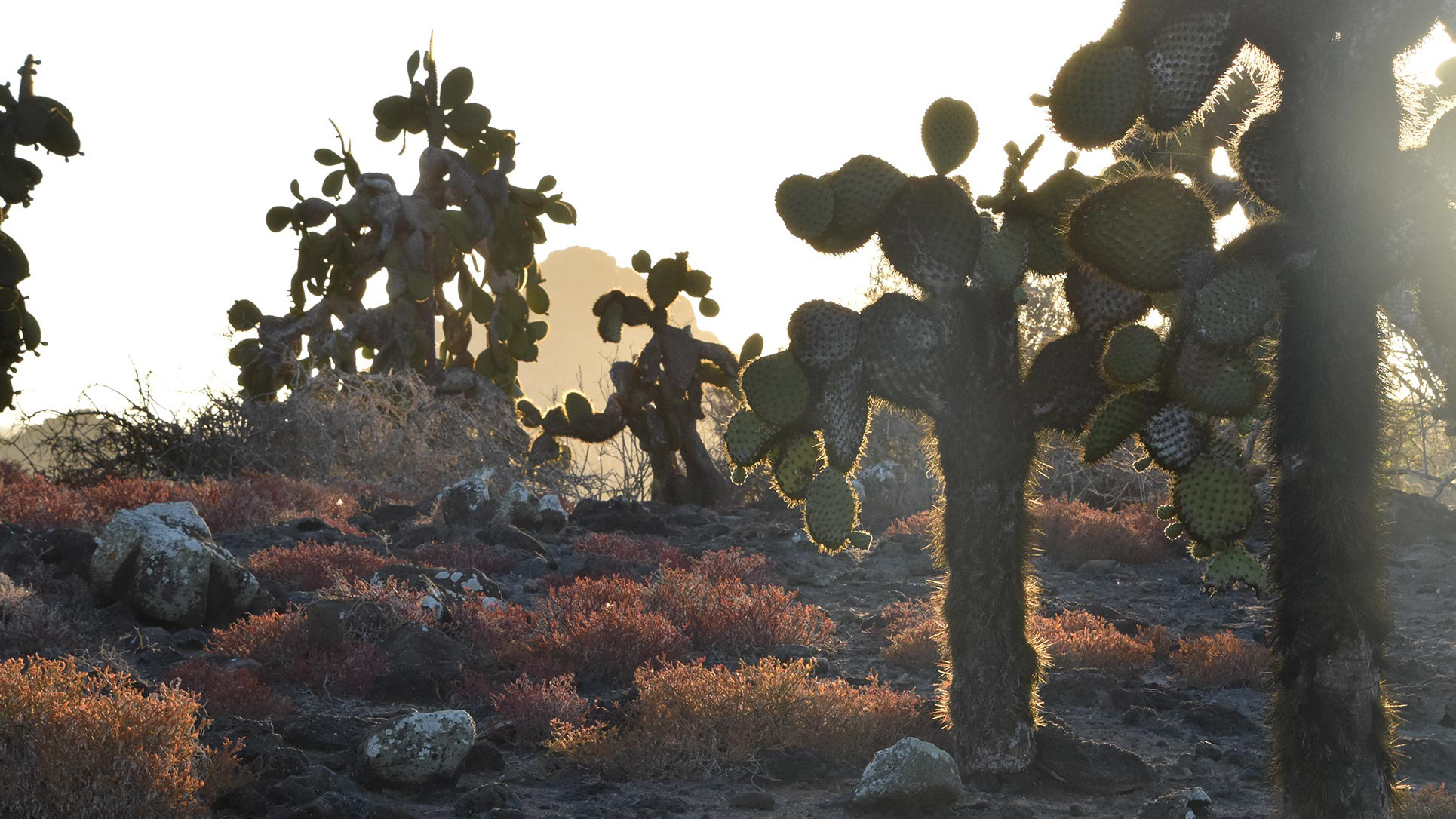One of the oldest of all, about, 4.5 million years old, has finished all development processes; result of an uplifting is highly eroded and is on its way of mass loss and sinking. The island is located on the outer southern east corner of the archipelago.
One of the smallest and, depending on the season, most colorful islands. Find sea lion colonies, land and hybrid iguanas and countless birds soaring by the cliffs.
It is an unpopulated island.
This island witnessed the first fauna and flora arrivals and is probably home of the ancestors of the species that now populate other islands. This island is home of the Española Mockingbird, the only carnivorous one, endemic to this island. Here there is also the only Marine Iguana population that remains red and green throughout the year.
This is the only nesting site for the Galapagos Waved Albatross, thanks to the cold waters from the Humboldt current and the upwelling created on its flow, this endemic animal nests on the flat grounds of this island. Their mating ritual is one of the funniest and most beautiful scenes, it is the beginning of a life love story. They breed from the month of April to December; this is the largest and only population of the world with about thirty thousand individuals and is a UICN Critically Endangered Specie due to fisheries, water pollution and global warming and El Nino effects on the Galapagos.
About 1500 tortoises live there today. The Charles Darwin Station and the Galapagos National park have repatriated a population of Tortoises on this Island. The project started with 14 individuals that survived the introduced rats predation on the eggs on the 1960s.
Española highlights include Waved Albatross and Blue-footed Boobies courting, the Nazca Boobies colonies, as well as nesting grounds and the spectacular backdrop of Punta Suárez blowhole.
